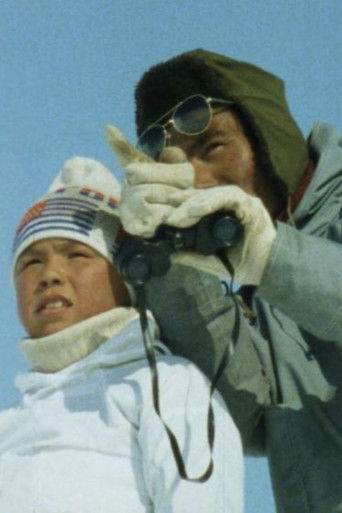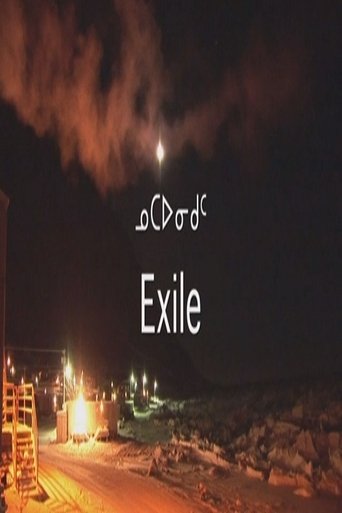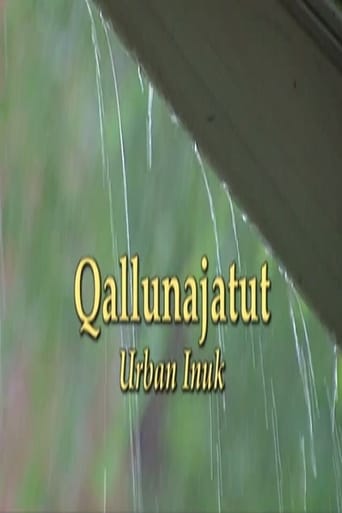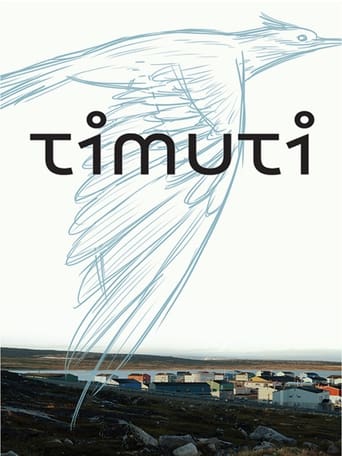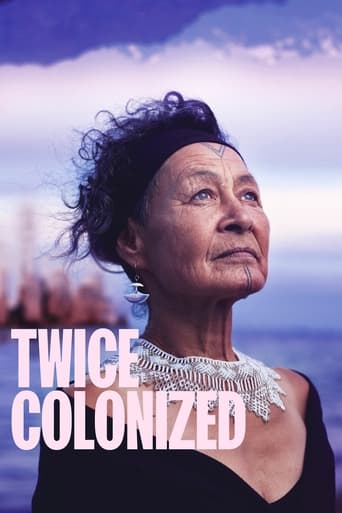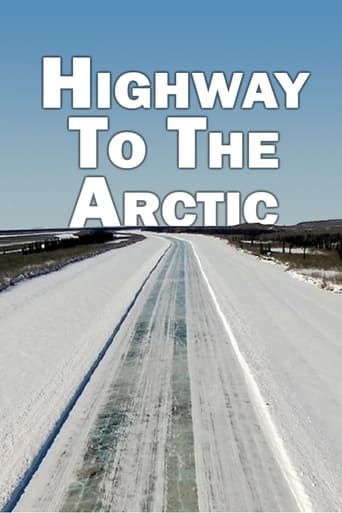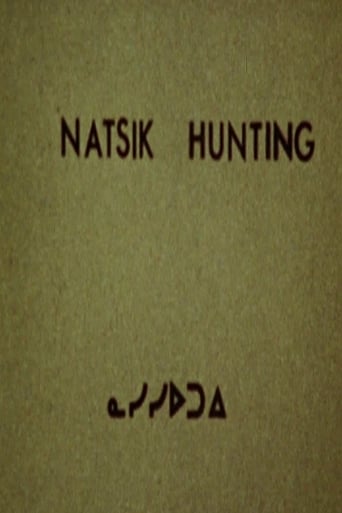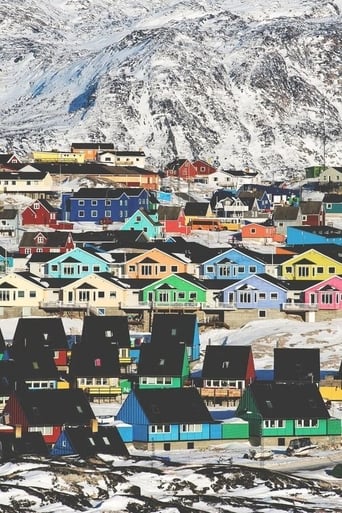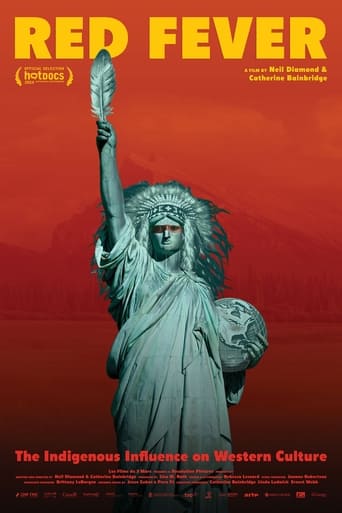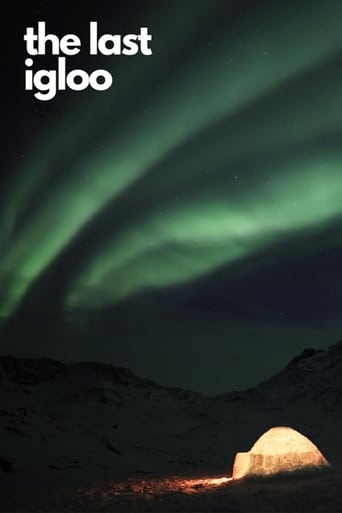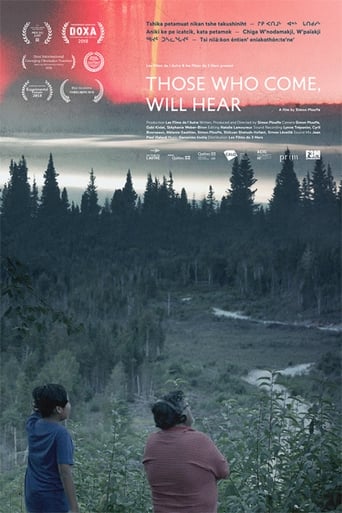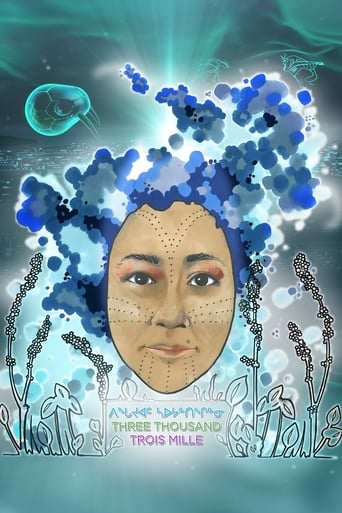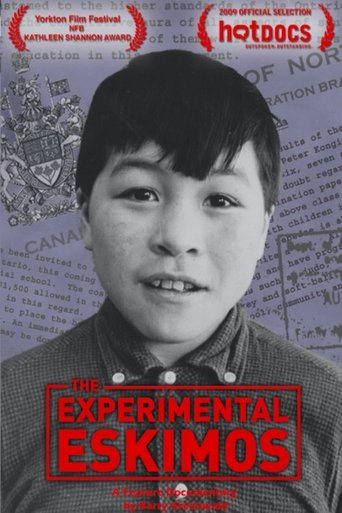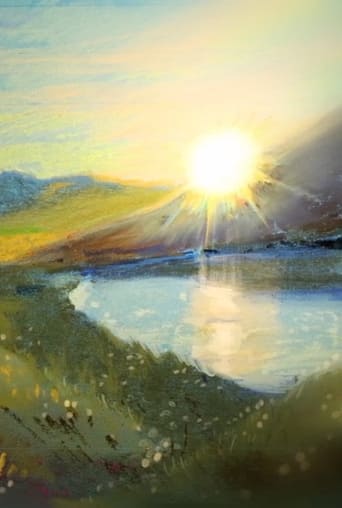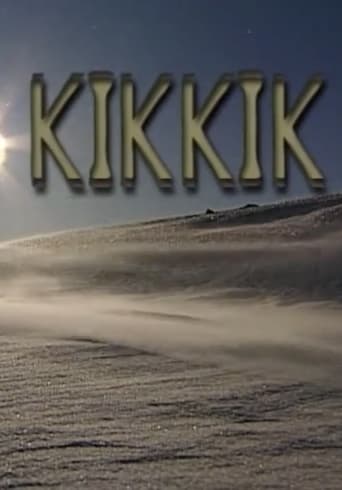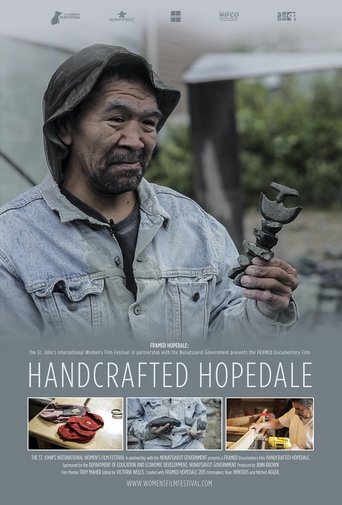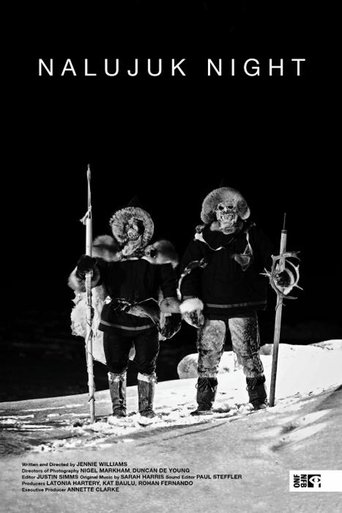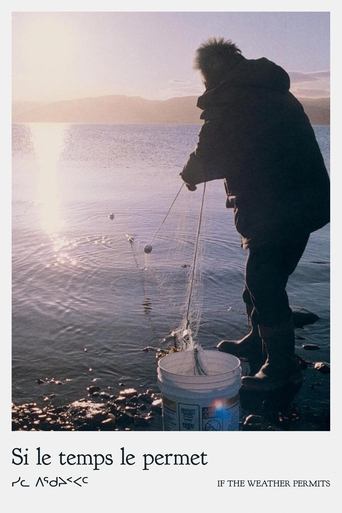Netsilik Eskimo Series, I: At the Autumn River Camp
It is late autumn and the Eskimos travel through soft snow and build karmaks, shelters with snow walls and a roof of skins, in the river valley. The geese are gone but some musk-ox are seen. The man makes a toy sleigh from the jawbones of a caribou and hitches it to a puppy. Next day the women gather stocks of moss for the lamp and the fire. The men fish through the ice with spears. The woman cooks fish while the men cache the surplus. Then the family eats in the karmak. The men build an igloo and the household goods are moved in. They begin the complicated task of making a sleigh, using the skins from the tent, frozen fish, caribou antlers and sealskin thong. The woman works at a parka, using more caribou skin, and the children play. Now the sled is ready to load and soon the family is heading downriver to the coast.
